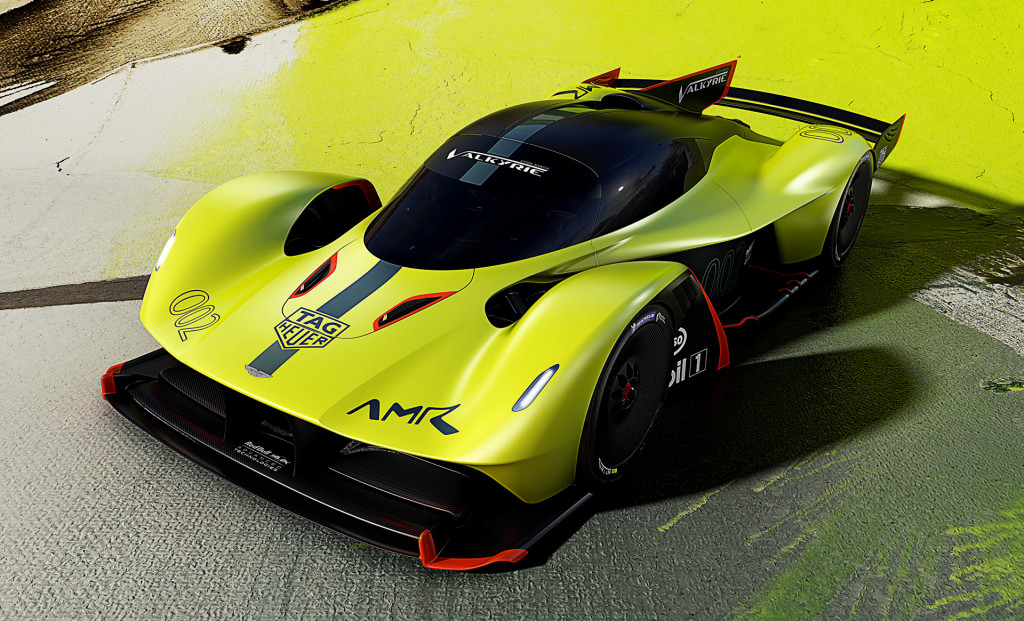Come 2020, the 24 Hours of Le Mans will look very different. The FIA announced on Friday new regulations for the motorsport to include a "hypercar" class in the World Endurance Championship for the years 2020-2024.
"The new regulations for the FIA World Endurance Championship, which come into effect for the 2020/2021 season, are the result of hard work between members of the FIA, ACO, manufacturers, and teams. This will provide endurance racing with a long term, stable platform, while continuing to offer a cost-effective stage to showcase future technologies,” Jean Todt, FIA president, said.
The final name is to be determined and will be chosen by motorsport fans, but potential class names include Super Sportscar, GTPrototype, Le Mans Supercars, and Le Mans Hypercars. For now, we'll refer to it as the hypercar class because the vehicles will be characterized by aesthetics, a KERS-style hybrid system, and four-wheel drive. The FIA was keen to say "Aerodynamics cannot take precedence over aesthetics."
The hypercar class will be made up of "sleek" prototypes with greater marque cachet and a major focus on the racers' appearance. The FIA said the hypercar racers should turn heads just as their showroom counterparts snap necks on the floors of global auto shows.
What kind of cars might compete? Think hypercars like the Aston Martin Valkyrie, McLaren Senna, and the like. It's also a class Andy Palmer, Aston Martin CEO, said he'd personally be interested in seeing his company partake in. In addition to Le Mans, the cars will compete at circuits like Spa in Belgium, Silverstone in England, Fuji in Japan, and Sebring in the United States.
Aston Martin Valkyrie AMR Pro
The move to renegotiate the LMP1 class to make it a hypercar class will give manufacturers the chance to run cars similar to their road-going counterparts while drastically reducing costs. Per the preliminary regulations, the hypercar class will likely cost a quarter of the current LMP1 budget, and the FIA will introduce a new homologation procedure. Right now, Toyota is the only manufacturer that competes in the LMP1 class, along with a number of private teams. Audi has since retired from the class to focus on Formula E. Porsche is out, too.
Although a focus on style is key, the FIA won't let any slouches onto the starting grid. The new regulations call for lap times under 3:20.00 per lap at the Le Mans circuit with limited fuel. As mentioned, all cars must include a KERS-style hybrid system and four-wheel drive, but there will be no restriction on engines, while consumption rules will ensure fair competition.
We're looking forward to a future in which Sennas battle Valkyries and other high-end exotics for dominance at Le Mans.